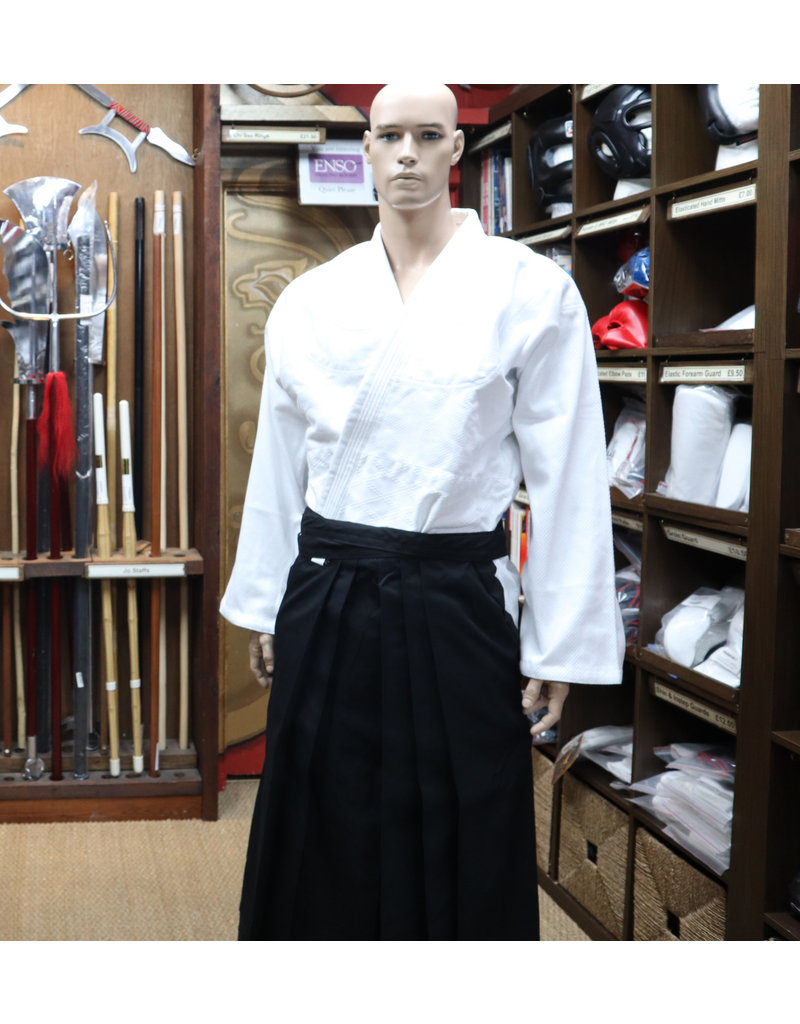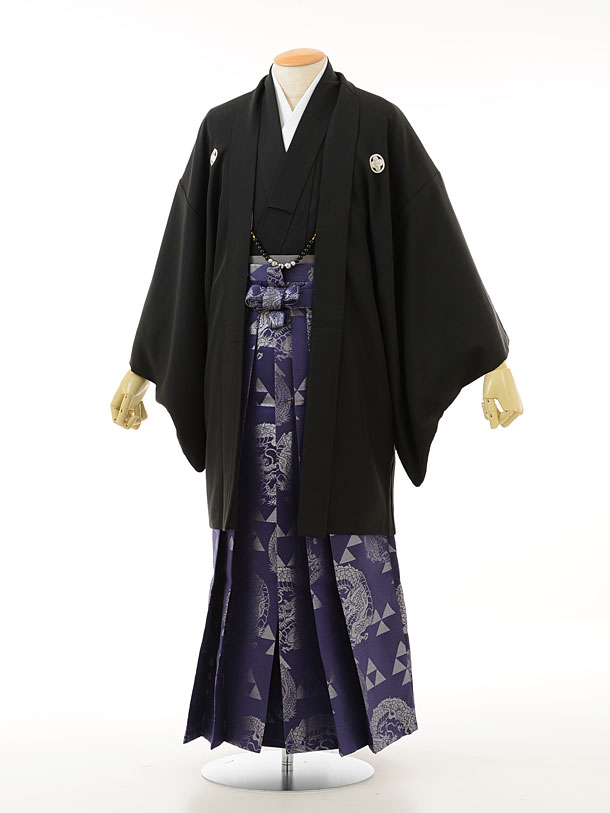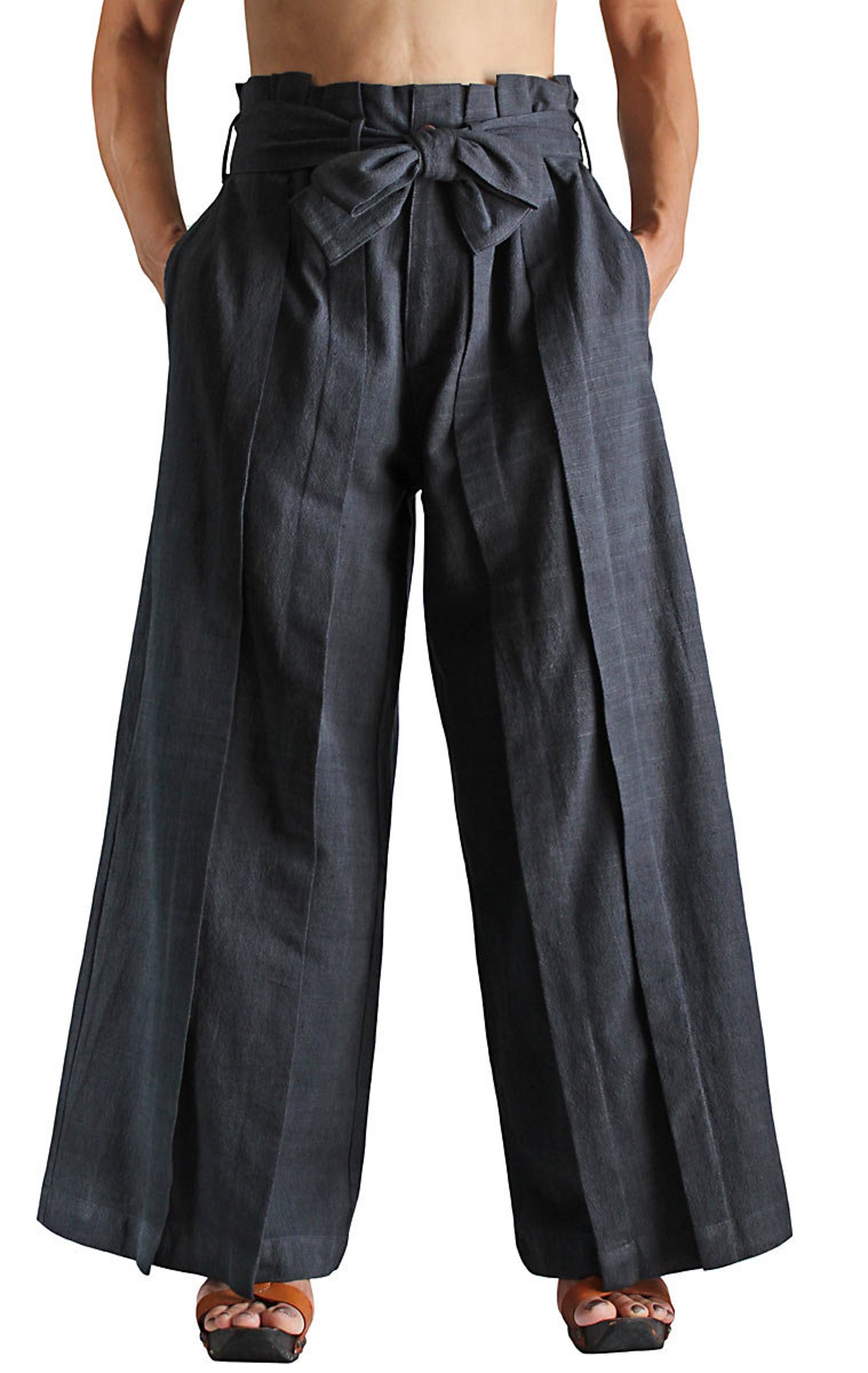
ENZEN NO METSUKE Gaze at the far mountains. KAE WAZA Substitute or totally different techniques. HENKA WAZA Small variations in same basic technique. KIRI GAESHI Large diagonal cut, sword finishing in waki gamae position. KESA Sash worn diagonally across the chest by buddhist priest. IAI GOSHI Hips lowered, stable position.ĬUTS AND BLOCKS OF THE SWORD KIRI Cut. IAI HIZA, TATE HIZA Kneeling on one calf. SONKYO kneeling position in Kendo practice. KARUMA like waki gamae, blade horizontal. Usually sword on right side (migi waki gamae), left foot forward.

WAKI GAMAE Sword pointed down and back, for a sutemi (sacrifice) waza. Usually hasso hidari, sword on right, left foot forward. HASSO GAMAE Figure 8 stance, sword by side of head. CHUDAN Middle kamae, sword in middle, seigan is a chudan gamae. HANMI Half forward stance HITOEMI Equal stance, feet parallel forward GEDAN Lower level, sword pointed down. ZORI Japanese sandals for use outside dojo. TABI Japanese sock-slippers used in dojo. HIMO Straps / cords HERA Peg in back of hakama.
HAKAMA SABAKI PATCH
ZEKKEN Chest patch embroidered with own name and dojo name. KESA Lapel / part of monk's costume hanging from left shoulder. MONTSUKI Wide sleaved top with mon on chest, sleeve and back. BIKI (from HIKU) To move, as in saya biki or hakama biki. WAKARIMASU I understand.ĭIRECTIONS MAE Forward. NAMERAKA NI Smoothly OSAME TO Replace swords into saya.

MI TORI KEIKO Watching practice.ĬOMMANDS IN THE DOJO ATO Move back. SHIMOSEKI, SHIMOZA opposite shinzen, where students sit. PRACTICE HALL ARRANGEMENT DOJO Practice hall. Sei Do Kai KANCHO Owner of school (building, hall) eg. SOKE Head of style (actually head of family, unifier of gods and lineage) KAICHO Owner of school (organization) eg. RENSHI Title bestowed from ZNKR in addition to Dan ranks. KYOSHI Middle title from ZNKR, must be 7th dan. HANSHI Highest shogo title from ZNKR, must be 55 or older and 8 dan. KYU Student grade, from 5 to 7 up to 1, the highest. SHIHAN Teacher who takes class when sensei is absent. SHOMEN NI REI Bow to front, more appropriate if in a gym without a shrine WORDS: ARIGATO Thank you (informal) DOMO Thanks (informal) DOMO ARIGATO Thank you (formal) DOMO ARIGATO GOZAIMASU Thank you very much (very formal) DOZO Please go ahead GOMEN NASAI Excuse me, I'm sorry ONEGAI SHIMASU Please (when asking for something, usually as in Please lets practice together) O TSUKARE SAMA DESHITA You have become tired (because of the hard work you have done teaching) An expression of thanks SUMIMASEN Excuse me (to attract attention) HAI Yes.

SENSEI (GATA) NI REI Bow to teacher(s) SHINZEN NI REI Bow to shrine. KAMIZA NI REI Bow to kamiza (gods) JOSEKI NI REI Bow to the high section of the dojo.

TAITO Putting sword into belt DATTO Taking sword from beltīOWING: REI Bow. TEITO SHISEI holding the sword by the left side, as if in the obi. Also used when sword is in belt and both hands loose at sides. SWORD POSITIONS: TEITO holding the sword loose by the left side. SAHO Method of etiquette HAJIME NO SAHO Beginning etiquette OWARI NO SAHO Finishing etiquette of Guelph.ĮTIQUETTE NAMES: REIGI Etiquette REIHO Etiquette, method of bowing REISHIKI Same as above. SEI DO KAI The name of the Iai school at the U. Seitei Gata, fundamental techniques (kata). MUSO SHINDEN RYU (MSR) Style related to the above, originated by Nakayama Hakudo. MUSO JIKIDEN EISHIN RYU (MJER) A style or school of Iai. KENDO The way of the sword, already drawn, name from 1895. The Iaido Journal Oct 2001 A GLOSSARY OF TERMS IN JAPANESE SWORDSMANSHIP Got comments, corrections, suggestions? Email us at MAIN NAMES IAIDO The way of drawing the sword, name from 1932.


 0 kommentar(er)
0 kommentar(er)
